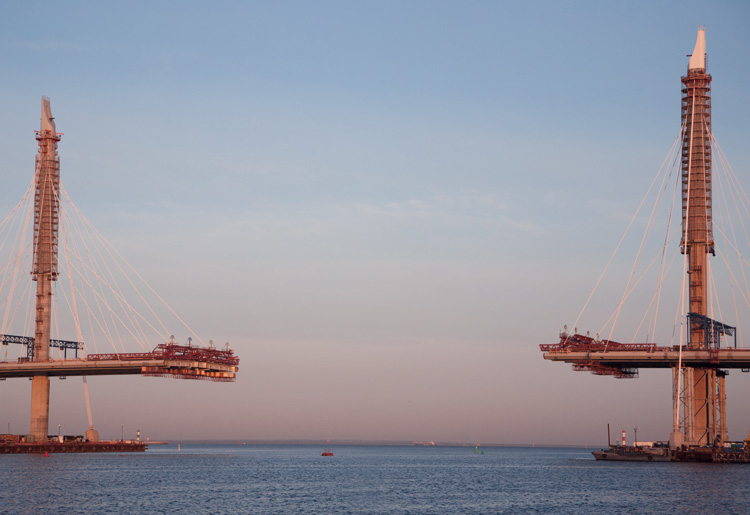IN A CLASS OF ITS OWN
An investment in infrastructure is an investment in the physical economy. It is monopolistic, has high barriers to entry and generates either regulated or concession-based revenues. It is a diverse term, encompassing a range of structures.
At the lower end of the risk spectrum are water and electricity companies, which normally carry some form of government guarantee. The hotter end of the scale is home to assets that are more sensitive to the economy, such as airports.
Infrastructure has come of age. It is now seen as an asset class in its own right, no longer grouped together with private equity and real estate.
“Infrastructure has been carved out as its own asset class and as a result pension plans are saying that they want to allocate 5%, 10% or 15% of their portfolio to it,” says Lee Mellor, a director at Ancala Partners, an infrastructure investment manager.
“There is more money around [for infrastructure],” Mellor adds, explaining that it typically goes into larger funds that chase larger deals.
Aviva Investors head of infrastructure debt Darryl Murphy adds that: “Infrastructure as a term has become sexier over the past 10 years as a conceptual idea.”
Infrastructure is expected to an area of growth next year. Legg Mason has named infrastructure in Europe, India and the US among its top investment ideas for 2018.
In an outlook note, the asset manager said positive economic growth forecasts in Europe should boost economically-sensitive infrastructure stocks, such as toll roads and railways. It also highlighted potential opportunities in US infrastructure stocks, especially in mid-stream oil and gas pipelines as well as utilities investing in renewable energy.
Meeting the strong demand for natural gas in India is another investment theme on Legg Mason’s radar. Demand is strong, but supply is constrained by poor infrastructure. “We expect the utilisation of some pipeline volumes to double over the next five years,” said Nick Langley, chief executive of Legg Masons’ listed infrastructure investment arm.
WAYS TO PLAY
For some, the sector appears to have become a victim of its own success. Haynes says it is hard to put money to work in infrastructure’s private markets.
“The key challenge is not a lack of investor capital,” he adds, “it is that there is too much capital chasing too few opportunities in the private markets.”
Indeed, Preqin estimated in June that private equity infrastructure managers had about $150bn of dry powder.
This lack of deal-flow is squeezing smaller investors out of the larger end of the market. One such firm is Ancala, which typically invests between £25m to £150m in a deal, has a portfolio of mid-market assets. “In the large cap market there are few deals and so prices have gone up and returns reduced,” Mellor says.
This yield compression in unlisted infrastructure since the financial crisis has seen returns on core assets fall to 4% to 7%, down from 6% to 9%, according to Bfinance. The financial services specialist has seen the return on higher risk assets now deliver roughly 8% to 12%, in comparison with 10% to 15% previously.




